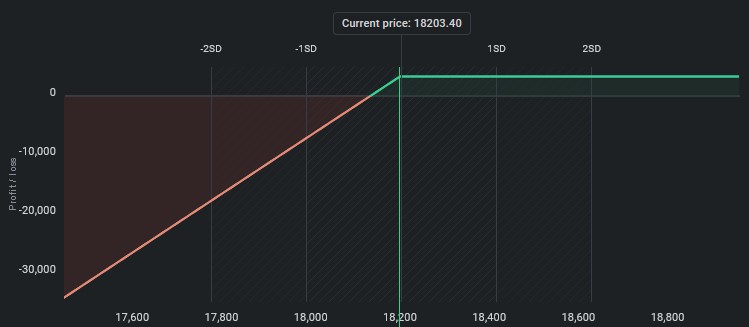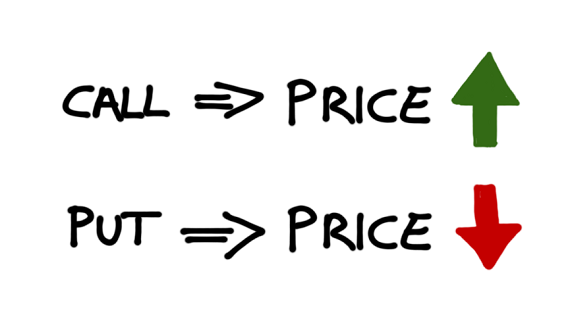Introduction
In the realm of financial markets, options trading offers a unique way to speculate and manage risk. Among these, put options play a crucial role, yet they can sometimes be shrouded in confusion. This article aims to demystify the concept, thoroughly explaining what put options entail and their significance in the financial world. We will delve into the basics, delve into real-world applications, and explore the latest trends surrounding put options.

Image: www.aimarrow.com
Definition and Mechanics of Put Options
A put option, in essence, is a contract that grants the holder the right, not the obligation, to sell an underlying asset at a predetermined price, known as the strike price, on or before a specific date, the expiration date. By purchasing a put option, the holder is placing a bet that the value of the underlying asset will decline, allowing them to profit from that decline. The seller of the put option, on the other hand, is obligated to buy the asset from the holder at the strike price if the holder chooses to exercise the option.
Key Features of Put Options
To delve deeper into put options, let’s explore their defining characteristics:
1. Right to Sell:
Unlike other financial instruments, put options provide the holder with the right to sell, not buy, an underlying asset. This asymmetry makes put options unique as they cater to investors anticipating a decline in the asset’s value.

Image: blog.ipleaders.in
2. Premiums and Strike Price:
When purchasing a put option, the holder pays a premium, which represents the cost of acquiring the option. The strike price is the price at which the holder can sell the underlying asset if they exercise the option.
3. Leverage Potential:
Put options offer significant leverage, allowing investors to gain exposure to a sizeable position in the underlying asset while only putting up a fraction of its actual value. This feature makes put options appealing to both speculative and hedged trades.
Applications of Put Options
Put options find diverse applications in the financial markets, some of which are highlighted below:
1. Hedging Strategies:
Investors use put options as a hedging tool to protect their portfolios from potential losses. By purchasing a put option on an asset they own, they can offset the risk of a potential decline in its value.
2. Speculation:
Put options are also popular among traders who speculate on the direction of an underlying asset’s price. By correctly predicting a decline in value, put options can generate substantial profits for speculators.
3. Income Generation:
Through a technique known as “selling puts,” investors can generate income while potentially acquiring the underlying asset at a lower price. This strategy involves selling put options with a strike price below the current market value of the asset.
Current Trends in Put Options Trading
The world of options trading is constantly evolving, and put options are no exception. Some recent trends are worth noting:
1. Increased Algorithmic Trading:
Algorithmic trading has become increasingly prominent in put options trading, with sophisticated algorithms automating trade execution and analysis to capitalize on market inefficiencies.
2. Growing Use in ETFs:
Exchange-traded funds (ETFs) offer exposure to a diversified portfolio of underlying assets. The advent of ETFs tracking put options has broadened the accessibility of these instruments to a wider investor base.
3. Volatility-Linked Strategies:
Traders are employing put options in volatility-linked strategies, leveraging fluctuations in the implied volatility of an underlying asset to generate potential returns.
What Is Put In Option Trading
Conclusion
Put options offer a multifaceted instrument for financial market participants, from risk management to speculation and income generation. Understanding their intricacies is essential for effective utilization in investment strategies. This article has illuminated the fundamental concepts, applications, and current trends surrounding put options, equipping readers with a comprehensive understanding of this vital financial tool. Whether you’re a seasoned trader or a novice exploring the realm of options, this guide serves as a valuable resource to navigate the exciting world of put options trading.






